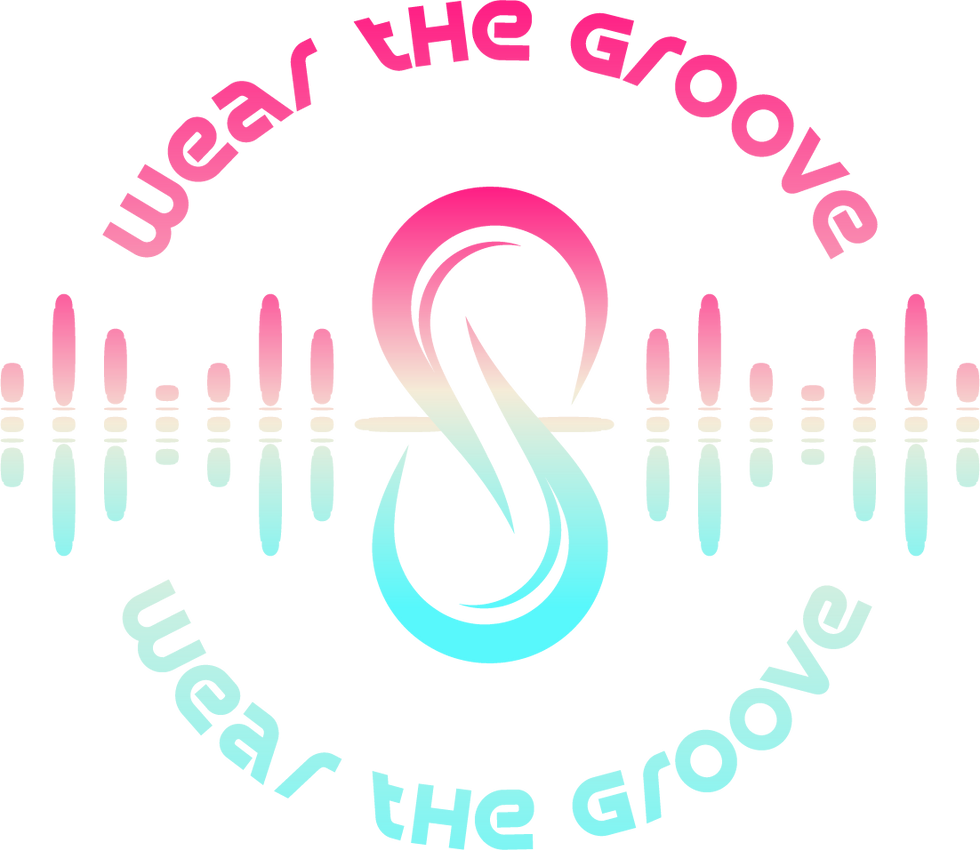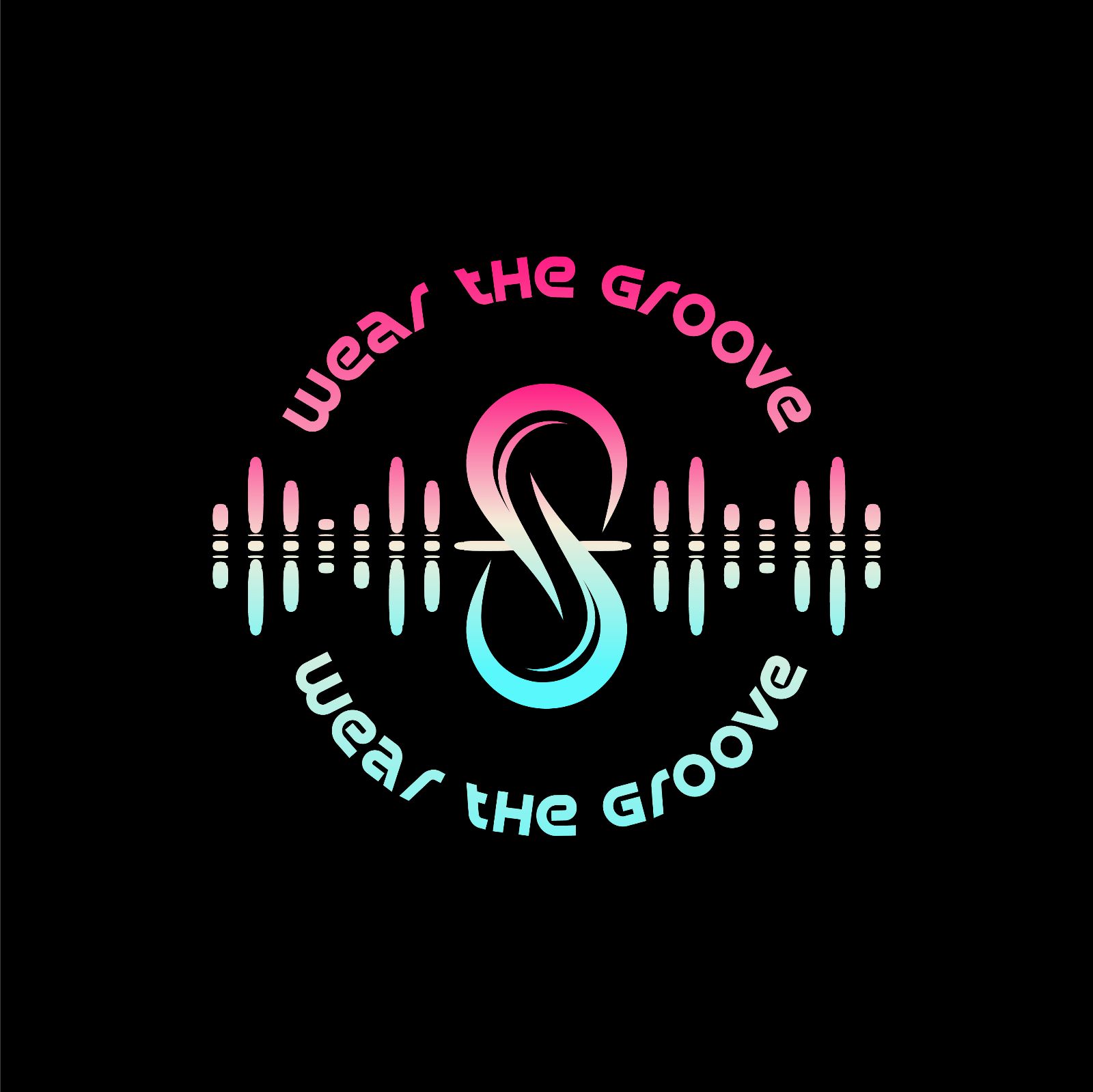House Music Chronicles: The Sound of House Music
- Wear the Groove
- Dec 28, 2023
- 3 min read
House music, a genre synonymous with the rhythmic thump of a 4/4 beat, emerged as a distinct sound in the early 1980s. This sound, which has since become a staple of dance floors worldwide, is characterised by a combination of various musical elements and technologies. Its development marked a significant shift in the landscape of electronic music, setting it apart from other genres of the time.
The Fundamental Beat
At the core of House music lies the 4/4 beat, a steady and unrelenting rhythm that serves as the genre's backbone. This beat, often set at a tempo ranging from 120 to 130 beats per minute, gives House music its unmistakable drive and energy. It's a rhythm that compels movement, a steady pulse that has become synonymous with electronic dance music.
The Role of Drum Machines
The sound of House music was shaped significantly by the advent of drum machines, particularly the Roland TR-808 and TR-909. These machines were crucial in defining the genre's auditory aesthetic. The TR-808, with its deep, booming bass drum and crisp hi-hats, brought warmth and depth to the music. The TR-909, on the other hand, added a sharper, more mechanical quality to the rhythm, with its snappy snares and distinctive handclap sound. Together, these drum machines provided a versatility that allowed artists to experiment and create a wide range of sounds within the House genre.
Synthesisers and Basslines
Synthesisers played an equally important role in the development of House music. Early House tracks often featured rich, melodic basslines produced by synthesisers like the Roland TB-303. These basslines, sometimes simple but always infectious, added a melodic layer that complemented the driving beat of the drum machines. The use of synthesisers also allowed for the creation of atmospheric pads and stabs, adding texture and depth to the music.
Disco Roots and European Influence
House music's evolution is deeply rooted in disco and European electronic music. The genre drew from the soulful melodies and rhythms of disco, transforming them into something more minimalistic and repetitive. This shift was partly a response to the 'Disco Sucks' movement of the late 1970s, which led to a backlash against the ornate and elaborate productions of disco music. House music stripped back these elements, focusing instead on rhythm and groove.
European electronic music, particularly from Germany and Italy, also influenced the development of House. The electronic sounds and synthesiser-based compositions of European artists added a futuristic quality to House music, distinguishing it from the more organic sounds of disco.
Distinction from Contemporary Genres
During the time of House music's emergence, other genres like hip-hop and synth-pop were also gaining popularity. While hip-hop focused on breakbeats and rapping, and synth-pop on catchy melodies and pop structures, House music carved its niche with its repetitive beats and focus on danceability. Unlike the narrative-driven nature of hip-hop or the pop sensibilities of synth-pop, House music was more about creating a mood and an atmosphere – it was music designed primarily for dancing.
Conclusion
The sound of House music, with its 4/4 beat, drum machines, synthesisers, and influence from disco and European electronic music, marked a new era in the realm of dance music. It was a sound that encapsulated the energy and spirit of the times, resonating with audiences across the globe. As House music evolved, these foundational elements remained, ensuring that the genre's distinctive beat continues to pulse on dance floors to this day.
Coming up next: Key Figures and Contributions in House Music (5/01/2024)



Comments